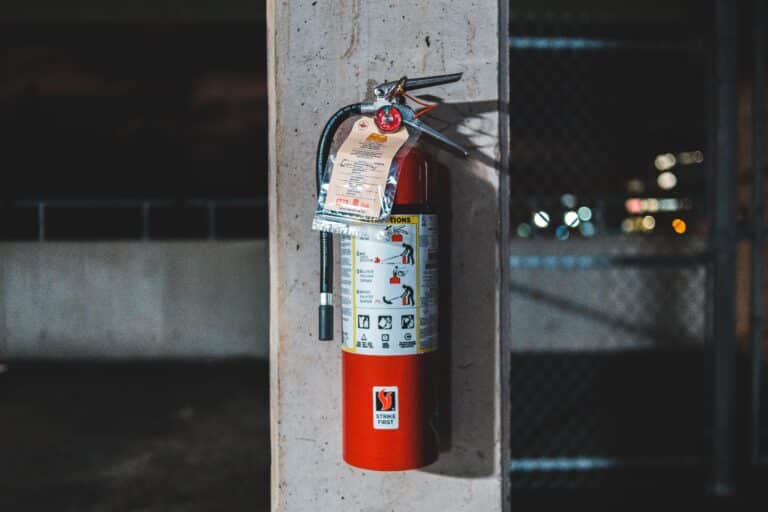October is Fire Awareness Month, and while we normally talk about integration, technology, and alarms, fire remains a killer of both adults and children. When you map out a security plan, think about how you can factor in fire safety awareness for children AND adults, whether for your clients or your own home.
Fire Safety Challenges
Thanks to better education, mandatory sprinkler systems and smoke alarms, fire-related deaths have dropped significantly in the past 30 years. However, fire remains the leading cause of death for children ages 1-14, for a variety of reasons. But children aren’t the only ones at risk – adults can get trapped or miss the danger signs too, both at home and at the office.
Fire safety plans should be straightforward, with specific must-have’s. And with the coming winter season, it’s even more important that your colleagues and families know how to react in a fire emergency.
Getting Out Alive
If a fire breaks out in your office or home, does everyone know how to escape?
Emergency “EXIT” signs should be well-lit, visible to anyone in a hallway, and clearly identify which way people should walk to get to safety.
Smoke detectors are legally required in public facilities, and the batteries should be tested on a regular basis. These should also be installed in homes, with the batteries tested as well. If your detector starts beeping for no apparent reason, then it’s time to change the batteries.
Emergency exit doors should NEVER be blocked, especially in office or retail environments. In fact, many states make it illegal to place anything in front of these exit doors, so make sure they remain accessible or get ready to be fined, heavily. Remember that your local fire department can come into a facility for an inspection without notice, so keep things where they are supposed to be at all times, including fire extinguishers.
Don’t ever use the elevators in a fire emergency, use the stairs. Make sure all the windows open out in case the stairs are blocked, especially in an office.
Keep fire extinguishers tested and maintained. Many local fire departments will test them for free, but call first.
Once everyone is outside and away from a fire, make sure people know where to go while they wait for instruction, especially children. If you manage a public facility or retail location, train your employees to look for children who may have become separated from their parents. Have a plan in place to get the child’s name and other important information that can reunite them with the correct adult.
Practice, Practice, Practice
They say practice makes perfect, and in the case of fire safety, it’s a life-saving truth.
Run fire drills, both at home and at work. Make sure everyone knows how to react, where to go, and how to help others if needed.
Assign people to specifically work with anyone who cannot get outside on their own due to a physical impairment, and make sure they know to look for each other.
Keep staff lists current so managers can perform a headcount when everyone is outside.
Working in a large office complex and building makes meeting up more complicated, so make sure your employees know where to meet if they get separated from their department. Develop a similar process for fire emergencies at home for children. Be sure they know where to go if they have to run.
AlertMedia has a really helpful (and free) Fire Safety Checklist you can download, to make sure you don’t forget anything.
Keep Tech Current
In offices, public areas or retail locations, testing of emergency detection systems should occur on a regular basis, and not just for fires. Make sure staff know what each alarm represents so they can respond correctly. You should also be sure the systems “talk” to each other. Having an updated, well-maintained integrated system helps reduce false alarms, and can also serve as a back-up if another system fails. This is one situation where redundancies are good.
